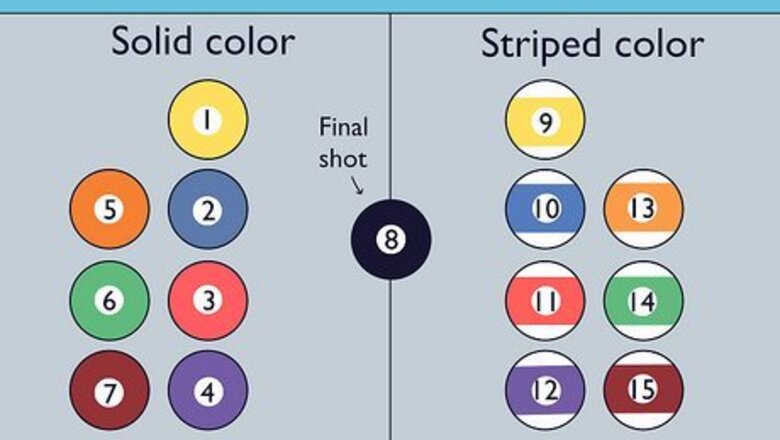
views
Acquainting Yourself With the Rules of the Bar or Tavern
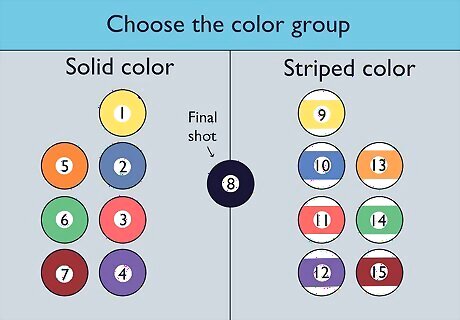
Learn basic pool rules, as most people will follow them. Unless people state otherwise, they’ll follow basic pool rules. You should know these basic pool rules before you play in a bar or pub – or anywhere else for that matter. They are: Call your shot. The shot after the break is the one that determines color ownership – even if a ball went in during the break. For a shot to count, you’ve got to hit your color first. If you hit another player’s ball, the shot doesn’t count. If you hit the 8-ball, it’s an illegal shot (unless it’s the final 8-ball shot).

Expect that there might be some rule variation based on where you are. Different regions and countries often have rule variations. It is good practice to be aware of regional rule variations before you even agree to play a game. That way, nothing will be a surprise to you. Talk to people in the bar about the rules before you volunteer. Lookup local rules on the internet before you go to a bar. See if there are any rules posted in the bar or pub that you’re interested in playing in.
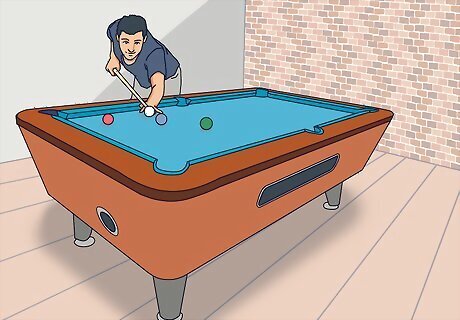
Figure that some of the official tournament rules do not typically apply to "bar pool.” Bar pool is how many good players typically play. This is important, as bar pool is a relatively casual way of playing pool that is also taken seriously by the players. Don’t go into a bar or pub thinking you’re going to play to the letter of official tournament rules. Most people who play pool in bars play by relatively standard rules, but there is also a wide variation of how rules are interpreted or followed. Talk to whoever it is your playing against to understand what sort of rules they expect the game to follow.

Take ownership of the table if you win. Often times, the person who won the last game essentially “owns” the table. This means a number of things that you should understand and respect before playing with that person. The winner will play in the next game. The winner will often go first or decide if they’re going first or not in the next game. The winner can declare special or custom rules for the next game.
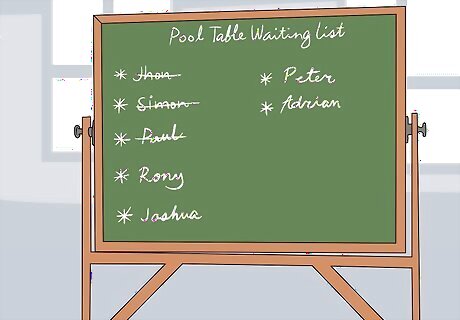
Ask to see if there is an order of play. Most times in a bar, there will be a lot of people waiting to play. Make sure you don’t step in ahead of someone. Stepping in ahead of someone will not only be considered rude, but it could get you into a fight. Ask whoever’s playing if anyone is next. Look for a chalkboard to see if there is a list of people waiting to play. Be polite and patient if there are other people waiting to play.

Agree upon additional rules before you begin. Any “house rules” or “local rules” should be stated and agreed upon before the game begins. If there are any “house rules,” you’ll probably be notified of those rules relatively quickly when you jump in to play. Approach the person who owns the table and ask "Hey, I'd love to play. Are there any custom rules I should know about?" If they say yeah, make sure you understand all of the rules. If you don't understand, ask them to explain the rule. Write them down if you don't think you'll remember the rules.
Competing Against an Opponent
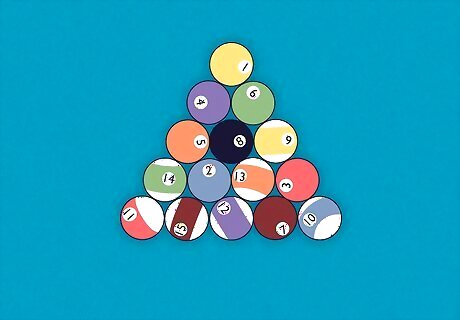
Rack the balls in accordance to rules and customs. In most bars, balls often do not have to be racked the way they are in tournaments. Many people will just randomly rack the balls. However, there are a number of things you do need to do when racking balls in a bar or pub: Don’t worry about any particular order or color-based racking. The only requirement is that the 8 ball be the front-most of the center three balls. Most people put the 1 in front. It is also good to place a stripe in one of the rear corners.
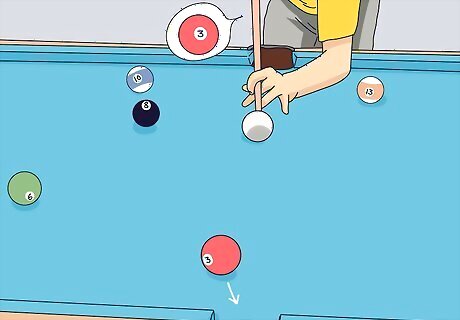
Call your exact shot, if required by local rules. Call your exact shot, including which balls are touched by the target ball on the way to the pocket. This is a very important element of the game, and if you can call your shot, you should. However, many players in bar are forgiving, and shot calling might be optional. If it is not optional, remember: If you make the ball but not exactly how you called it, you lose the rest of your turn, but the ball stays in (hey, it's a bar table). Touching a rail on the way to a pocket is incidental and not a foul. A badly sunk ball is called "slop." It is not necessary to call an obvious straight-in kind of shot. Calling your exact shot is very important in a bar or pub. Being able to call shots is also what separates good players from not-so-good players.
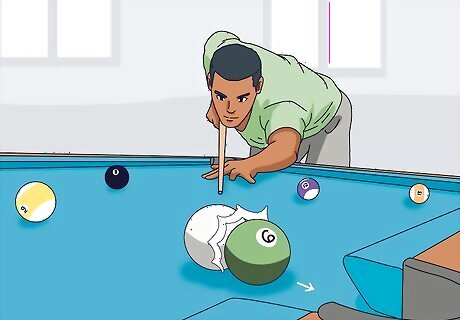
Select your color after the break. After you break the racked balls, you can select your color . Whoever breaks the balls selects their color first. The second player is then assigned the other color. The table is typically considered open after the break even if a ball was sunk on the break, so the shooter can select either color on his second shot. If you fail to sink another ball, the table is still open, until one of the players makes a fair called shot. Before a ball has been sunk that determines your color (on the first shot or two) you can legally hit any combination (except using the 8 ball).
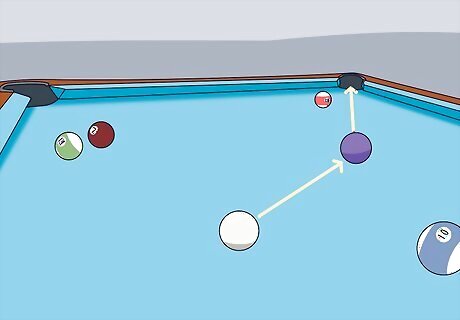
Hit your color first. After your color (solids or stripes) has been determined, you must hit your color first on every shot except for the 8-ball shot. An opponent's ball may be in the center of a three-ball combination. Often times, if you hit your opponent’s color first, the shot is considered illegal and you will lose your turn.
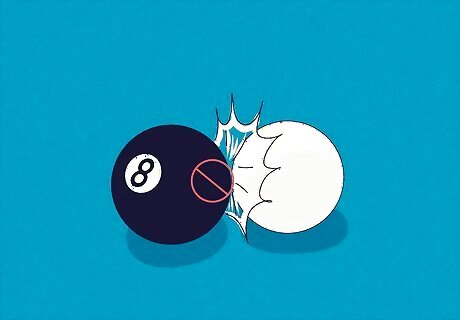
Avoid hitting the 8-ball. The 8-ball can never be hit first (except when trying to sink it, of course). It cannot be hit first by the cue ball in a combination, carom, etc. In fact, the 8-ball should never be used in any manner (until it is the target ball on your final shot). Rules for the use of 8-ball in a legal combination, carom, shot vary from bar to bar, locale to locale. Most times it is one of the pre-game rules agreed upon by the players or in the set rules of play depending on the venue. The 8-ball is never neutral.

Take hits in which the 8-ball won't carom or kiss. A carom is when the cue ball hits two other balls successively. You can only carom or kiss the cue ball off of your color ball. After the cue hits your target ball, the target ball can carom off of an opponent's ball.
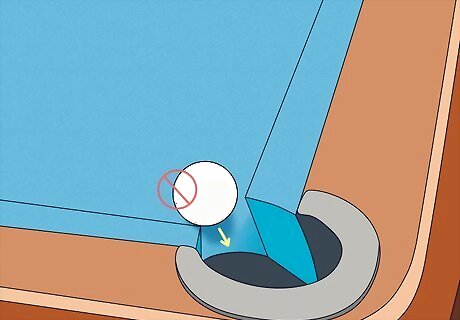
Try not to scratch. A scratch is when the cue ball goes into a pocket. If you scratch, you lose your turn. Don’t scratch, because your opponent will get a leg up on you. Make sure that you do your best to make sure only your color balls go into the pocket.
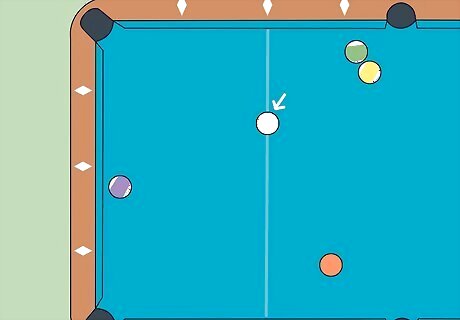
Place the cue ball behind the head spot, after a scratch. The cue ball is placed behind the head spot (head string across the table - diamond to diamond). The center of the target ball must be past the head string. This rule is standard in most all bars and taverns.
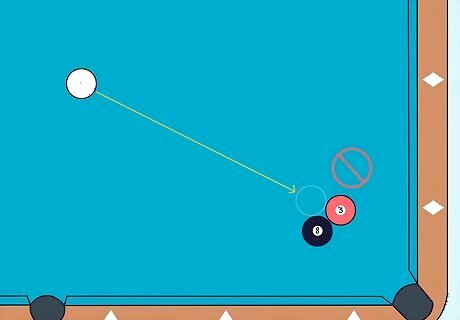
Avoid direct splits. Direct splits are when you shoot and contact two balls simultaneously with the cue ball. They are often illegal. Direct splits are always questionable when they involve the 8-ball or an opponent's object ball. Avoid direct splits if you can. In official play of any kind it is never legal to hit your target ball after or at the exact instance as an opponent's ball, even if you call it first as a "split". A direct split is also known as a "mixed split.” There is no such thing as a legal "mixed split.” Local rules for this mixed "split" shot vary from bar to bar, locale to locale, etc. Most times it is one of the pre-game rules agreed upon by the players or in the set rules of play depending on the venue.
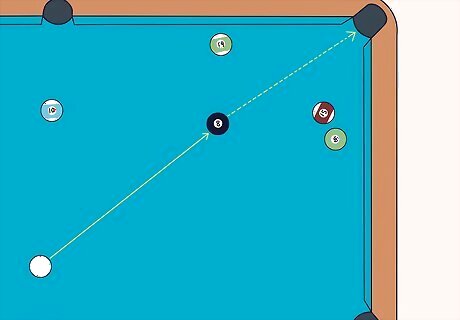
Sink your 8-ball without hitting another ball. Your 8-ball shot should be a clean hit – which means you can’t hit the other player's ball. This is perhaps the most important shot of your game, so don’t mess it up. Also realize that depending on house rules, if your 8-ball shot is a scratch, you will lose the game.












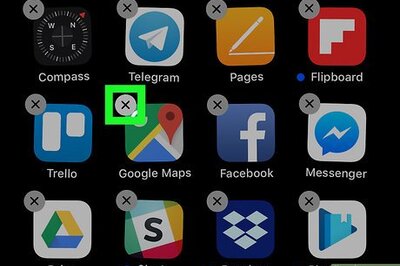
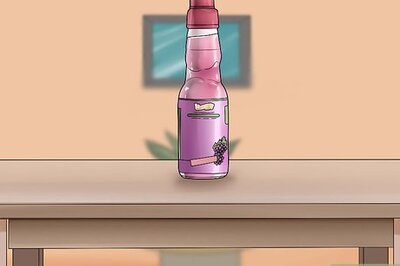
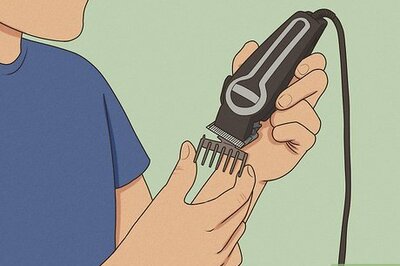



Comments
0 comment